Laxmikant Summary: Landmark Judgements and Their Impact- 5 | Indian Polity for UPSC CSE PDF Download
41. Indian Young Lawyers Association Case (2018)
- Name of the Case: Indian Young Lawyers Association vs. State of Kerala
- Year of Judgement: 2018
- Popular Name: Sabarimala case
- Related Topic/Issue: Women's entry into Sabarimala temple
- Related Article/Schedule: 14, 21 & 25
Supreme Court Judgement
The Supreme Court ruled that women of all ages have the right to enter the Sabarimala temple and worship Lord Ayyappa. It declared the ban on the entry of women aged 10-50 into the temple as unconstitutional. The ban was found to violate the right to equality under Article 14, the right to personal liberty under Article 21, and the right to freedom of religion under Article 25. Rule 3(h) of the Kerala Hindu Places of Public Worship (Authorization of Entry) Rules, 1965, which prohibited women's entry into the temple, was struck down.
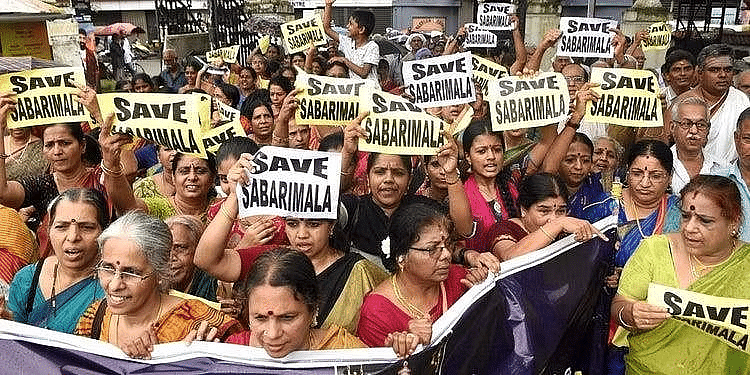
Impact of the Judgement
The judgement triggered protests and hartals by numerous devotees of Lord Ayyappa in Kerala. Simultaneously, some women attempted to enter the temple, facing strong resistance from devotees, priests, and authorities. Despite challenges, a few successful attempts were made. In November 2019, the Sabarimala Review Bench referred the case to a larger bench for adjudication. Subsequently, a nine-judge bench was constituted to hear this reference.
42. Joseph Shine Case (2018)
- Name of the Case: Joseph Shine vs. Union of India
- Year of Judgement: 2018
- Popular Name: Decriminalisation of adultery
- Related Topic/Issue: 14, 15 & 21
- Related Article/Schedule: Decriminalisation of adultery
Supreme Court Judgement
The Supreme Court, in the Joseph Shine case, decriminalised adultery and invalidated section 497 of the Indian Penal Code. The court declared this section, which criminalised adultery, as unconstitutional, citing violations of Articles 14, 15, and 21. Additionally, the court deemed Section 198(2) of the Code of Criminal Procedure unconstitutional to the extent that it applied to the offence of adultery. It emphasized that when the substantive provision is struck down, the procedural provision must follow suit.

Impact of the Judgement
This landmark judgement overturned previous decisions that had upheld the constitutionality of Section 497. Consequently, adultery is no longer a criminal offense carrying a sentence of up to 5 years' imprisonment. However, it remains a civil wrong and serves as grounds for the dissolution of marriage.
43. Navtej Singh Johar Case (2018)
- Name of the Case: Navtej Singh Johar vs. Union of India
- Year of Judgement: 2018
- Popular Name: Decriminalisation of homosexuality
- Related Topic/Issue: 14, 15, 19 & 21
- Related Article/Schedule: Decriminalisation of homosexuality
Supreme Court Judgement
The Supreme Court, in the Navtej Singh Johar case, decriminalised homosexuality and partially invalidated Section 377 of the Indian Penal Code, which criminalised consensual sexual acts against the order of nature. The court declared this section unconstitutional concerning consensual sexual acts between adults of the same sex, citing violations of the right to equality under Article 14, the right to non-discrimination under Article 15, the right to freedom of expression under Article 19(1)(a), and the right to live a life of dignity and privacy under Article 21. The judgement affirmed that LGBT (lesbian, gay, bisexual, and transgender) individuals are entitled to the same fundamental rights as others.

Impact of the Judgement
This judgement overturned the earlier decision in the Suresh Kumar Koushal case (2013), where the Supreme Court had upheld the constitutionality of Section 377. Prior to this judgement, members of the LGBT community lived in fear of reprisal and persecution. Now, they are legally allowed to engage in consensual sexual conduct. It is important to note that Section 377 continues to apply to non-consensual sexual acts against adults, all acts of carnal intercourse against minors, and acts of bestiality.
44. M. Siddiq Case (2019)
- Name of the Case: M. Siddiq vs. Mahant Suresh Das
- Year of Judgement: 2019
- Popular Name: Ayodhya case
- Related Topic/Issue: Ram Janmabhoomi-Babri Masjid land dispute
- Related Article/Schedule: Ayodhya case
Supreme Court Judgement
The Supreme Court, in the M. Siddiq case, awarded the entire 2.77 acres of the disputed land in Ayodhya to the deity Ram Lalla Virajman. It issued directives, including the formulation of a scheme for setting up a trust for the construction of a Ram Mandir at the disputed site, and allotment of an alternative 5 acres of land to the UP Sunni Central Waqf Board for the construction of a mosque at a suitable prominent place in Ayodhya. The Centre was also directed to consider appropriate representation to the Nirmoni Akhara in framing the trust scheme. The suit filed by the Akhara claiming shebaiti rights was dismissed as barred by limitation.
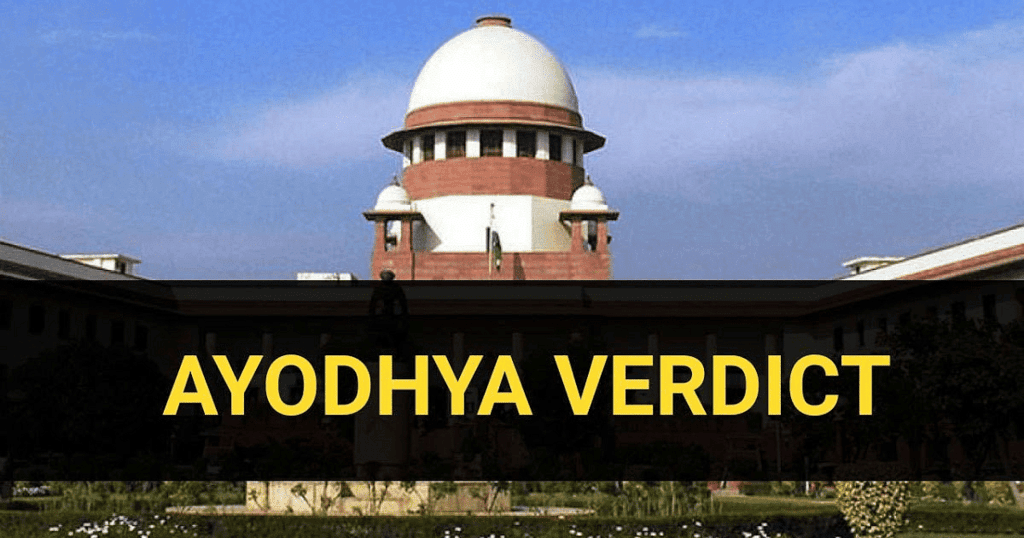
Impact of the Judgement
This judgement brought an end to the more than a century-old dispute over the Ram Janmabhoomi-Babri Masjid land, impacting the communal harmony in Indian society. Post this judgement, the Centre announced the formation of the Ayodhya temple trust named Shri Ram Janmabhoomi Tirth Kshetra. Additionally, the UP government allocated 5 acres of land to the UP Sunni Central Waqf Board in Dhannipur, Ayodhya. The judgement overturned the 2010 Allahabad High Court judgement, which had equally divided the disputed land among Ram Lalla Virajman, UP Sunni Central Waqf Board, and Nirmohi Akhara.
45. Anuradha Bhasin Case (2020)
- Name of the Case: Anuradha Bhasin vs. Union of India
- Year of Judgement: 2020
- Popular Name: Suspension of internet services case
- Related Topic/Issue: Suspension of internet services
- Related Article/Schedule: Article 19
Supreme Court Judgement
In the Anuradha Bhasin case, the Supreme Court held the following points: (i) The freedom of speech and expression, as well as the freedom to practice any profession or carry on any trade, business, or occupation over the medium of the internet, enjoys constitutional protection under Article 19(1)(a) and Article 19(1)(g). Restrictions on these fundamental rights should align with the mandate under Article 19(2) and (6), including the test of proportionality; (ii) Indefinite suspension of internet services is impermissible under the Temporary Suspension of Telecom Services (Public Emergency or Public Safety) Rules, 2017. Suspension can be utilized for a temporary duration only; (iii) Any order suspending internet issued under the Suspension Rules must adhere to the principle of proportionality and must not extend beyond the necessary duration.
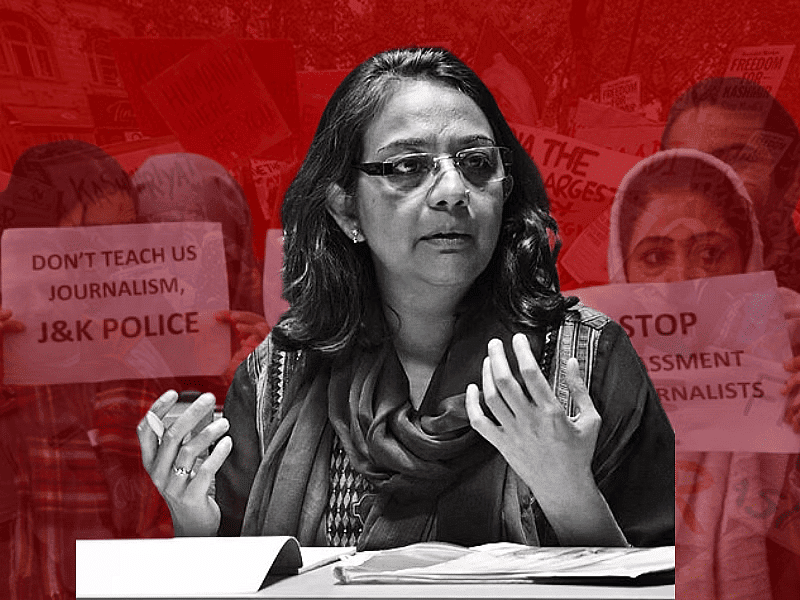
Impact of the Judgement
This judgement brought forth the right to access the internet (or the right to access information via the internet) as a fundamental right under the constitution. Simultaneously, it recognized the government's right to shut down the internet while adhering to the principle of proportionality. These situations may potentially lead to conflicts in the provision of internet services in the country.
46. Rambabu Singh Thakur Case (2020)
- Name of the Case: Rambabu Singh Thakur vs. Sunil Arora
- Year of Judgement: 2020
- Popular Name: Criminalisation of politics case
- Related Topic/Issue: Criminalisation of politics
- Related Article/Schedule: Not specified
Supreme Court Judgement
In the Rambabu Singh Thakur case, the Supreme Court issued various directions to address the rising incidence of criminals in politics. These include: (i) Mandating political parties (at the central and state election levels) to upload detailed information about individuals with pending criminal cases, who have been selected as candidates, on their websites. This information should cover the nature of the offences, whether charges have been framed, details of the concerned court, case number, etc. Parties must also disclose reasons for selecting such candidates and why individuals without criminal antecedents were not chosen; (ii) Ensuring that the reasons for selection are based on the qualifications, achievements, and merit of the candidate, rather than mere winnability at the polls; (iii) Publishing this information in one local vernacular newspaper, one national newspaper, and on the official social media platforms of the political party, including Facebook and Twitter.
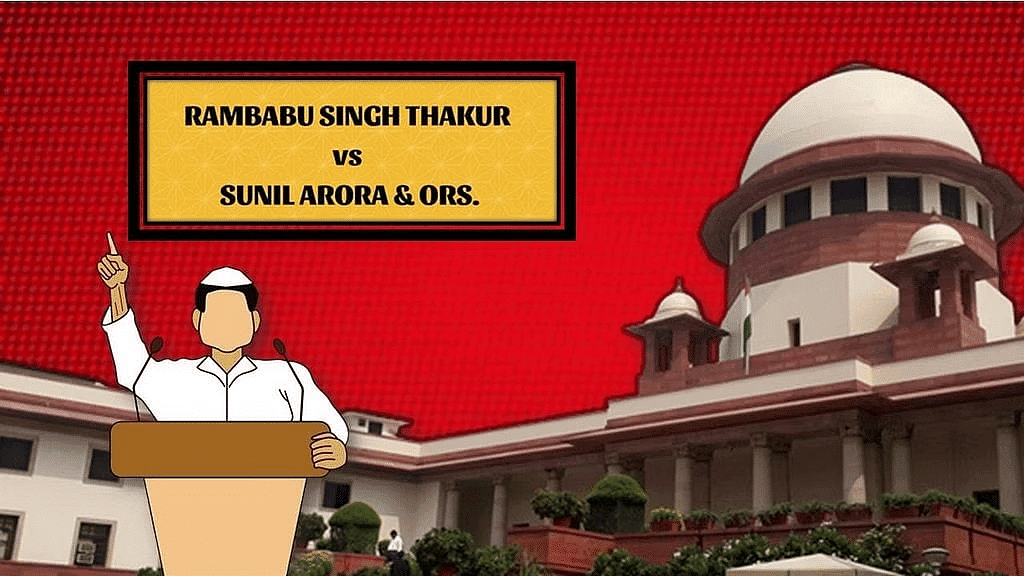
Impact of the Judgement
Following this judgement, the Election Commission communicated the directions to all recognized political parties, instructing them to comply. Additionally, a new Form C-7 was introduced, requiring political parties to provide information about selected candidates with a criminal background.
47. Internet and Mobile Association of India Case (2020)
- Name of the Case: Internet and Mobile Association of India vs. Reserve Bank of India
- Year of Judgement: 2020
- Popular Name: Ban on cryptocurrency trading case
- Related Topic/Issue: Ban on cryptocurrency trading
- Related Article/Schedule: Article 19
Supreme Court Judgement
In the case of Internet and Mobile Association of India vs. Reserve Bank of India, the Supreme Court struck down the circular issued by the RBI that prohibited banks and financial institutions from dealing in virtual currencies (VCs) or providing services related to VCs. The court deemed the circular illegal and unenforceable, citing the grounds of proportionality. It noted that the RBI had not established any loss or adverse impact on banks and financial institutions due to VC exchanges. Furthermore, the court declared the circular unconstitutional as it violated the freedom to carry on trade under Article 19(1)(g).
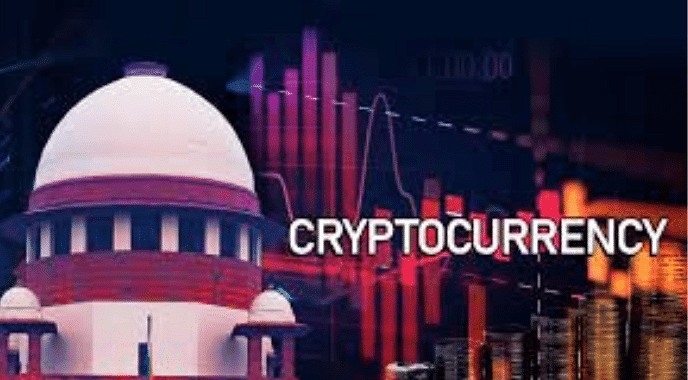
Impact of the Judgement
This judgement lifted the ban on cryptocurrency trading in India, allowing banks and financial institutions to rejoin the virtual currency industry and engage in trading. Additionally, it highlighted the necessity of establishing a legal framework to regulate cryptocurrency trading and address various associated issues in India.
48. Vijay Madanlal Choudhary v Union of India (2022)
49. Janhit Abhiyan v Union of India (2022)
50. Supreme Court upholds abrogation of Article 370 (2023)
The Court held that Article 370 was only intended as a transitory provision and was temporary in character and thus, the President was empowered to abrogate it. It further said that Jammu and Kashmir ceased to have any internal sovereignty once it acceded to the Union of India. 51. Supriya Chakraborty and anr v. Union of India (2023)
The Supreme Court in October refused to grant legal recognition to same-sex marriages, with the majority leaving it to the legislature to provide non-heterosexual couples the right to enter into a legally recognised marriage, a civil union or to adopt a child. All the judges were unanimous in holding that there is no unqualified right to marriage and that same-sex couples cannot claim this as a fundamental right. The Court also unanimously turned down a challenge to provisions of the Special Marriage Act.52. Vivek Narayan Sharma v. Union of India (2023)
The Supreme Court upheld the Central government's demonetisation of ₹500 and ₹1,000 bank notes in November 2016. The majority opinion held that hardships faced by the public cannot be grounds to set aside the exercise. The lone dissenting judge stated that the Reserve Bank of India (RBI) had not independently applied its mind to the case.53. Anoop Baranwal v. Union of India and ors (2023)
|
151 videos|780 docs|202 tests
|
FAQs on Laxmikant Summary: Landmark Judgements and Their Impact- 5 - Indian Polity for UPSC CSE
| 1. What was the significance of the Indian Young Lawyers Association Case (2018)? |  |
| 2. What was the outcome of the Joseph Shine Case (2018)? |  |
| 3. What was the impact of the Navtej Singh Johar Case (2018)? |  |
| 4. What was the M. Siddiq Case (2019) about? |  |
| 5. What was the significance of the Anuradha Bhasin Case (2020)? |  |
















